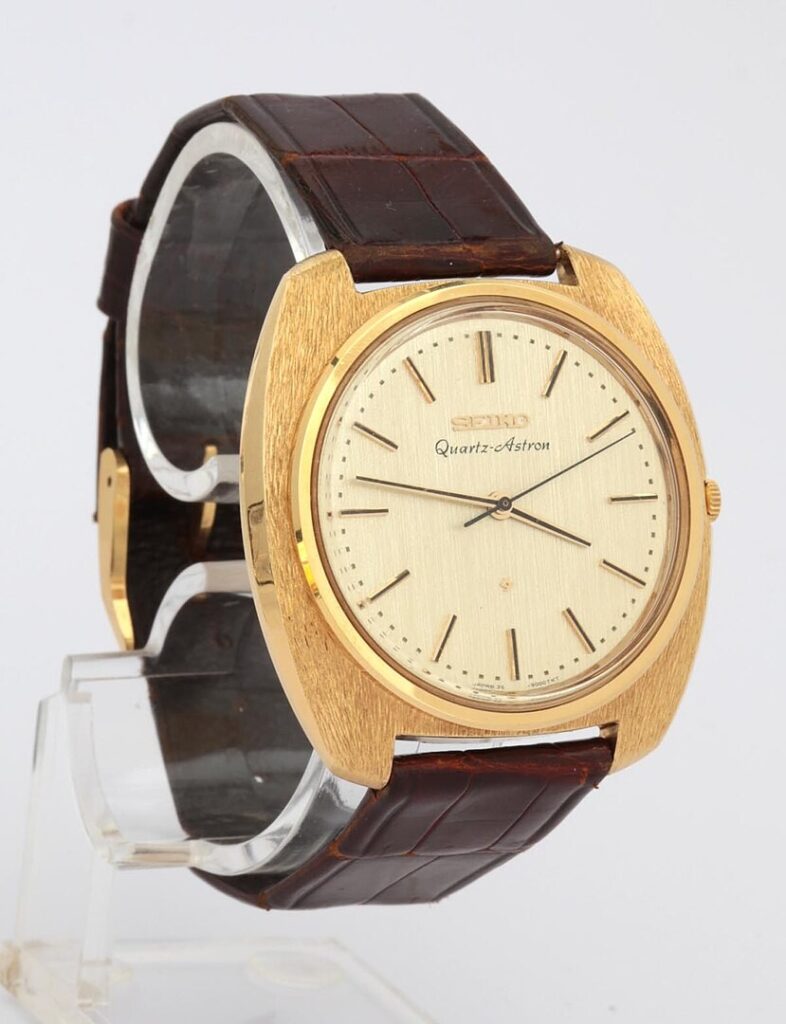Mechanical watches, for much of history, including many models today, require winding. First, with a key, and later, through the operation of the crown, the small nubbin on the side of most watches. Attempts to create a watch that wound itself continued throughout almost the entire lifetime of the watch, but the most success was achieved in 1923 by John Harwood, an English watch repairman. It used an internal weight that swung with the natural day-to-day movements of the wearer, winding the watch without any input. His weight sat inside the watch, bouncing off two internal bumpers, resulting in this design being referred to as a “bumper” watch.
His design would be improved by a fairly recognizable Swiss company named Rolex in 1930, which used a weight that swung freely 360 degrees, and resulted in a still-respectable 35 hours of power from each wear. It debuted in the Rolex Oyster Perpetual, inspiring the “perpetual” in the name. Self-winding movements are the basis of most high-end mechanical watches today, though often referred to as “automatic” movements.
Related: George Is Buckling Down On ‘The Winds Of Winter’
The Quartz Crisis
In 1969, the absolute nicest of years, Japanese watch manufacturer Seiko introduced a technology that would revolutionize the wristwatch, and in one fell swoop, almost bring the Swiss mechanical watch industry to its knees. This was the introduction of the quartz watch. Released on Christmas Day, it was one of the worst gifts the world’s mechanical watch makers would ever receive.
The Seiko Quartz Astron, instead of relying on mechanical balance wheels, used the oscillations caused by running electric current through quartz. This created a watch which was not only much cheaper, but much more accurate than a traditional mechanical watch. The only practical downside being the need for a battery, and battery replacements. For these reasons, the quartz watch would quickly completely take over the wristwatch market, and remain the king. The next few decades saw some storied, but stubborn Swiss watchmakers completely fold due to their resistance to produce quartz watches.
The quartz watch still holds a commanding control over the entirety of the affordable end of the watch spectrum, and is what likely occupies the wrist of any casual watch owner. A renewed interest in mechanical watches has emerged as of late, but quartz is forever part of the landscape.
Top Image: Walters Art Museum/Pexels

